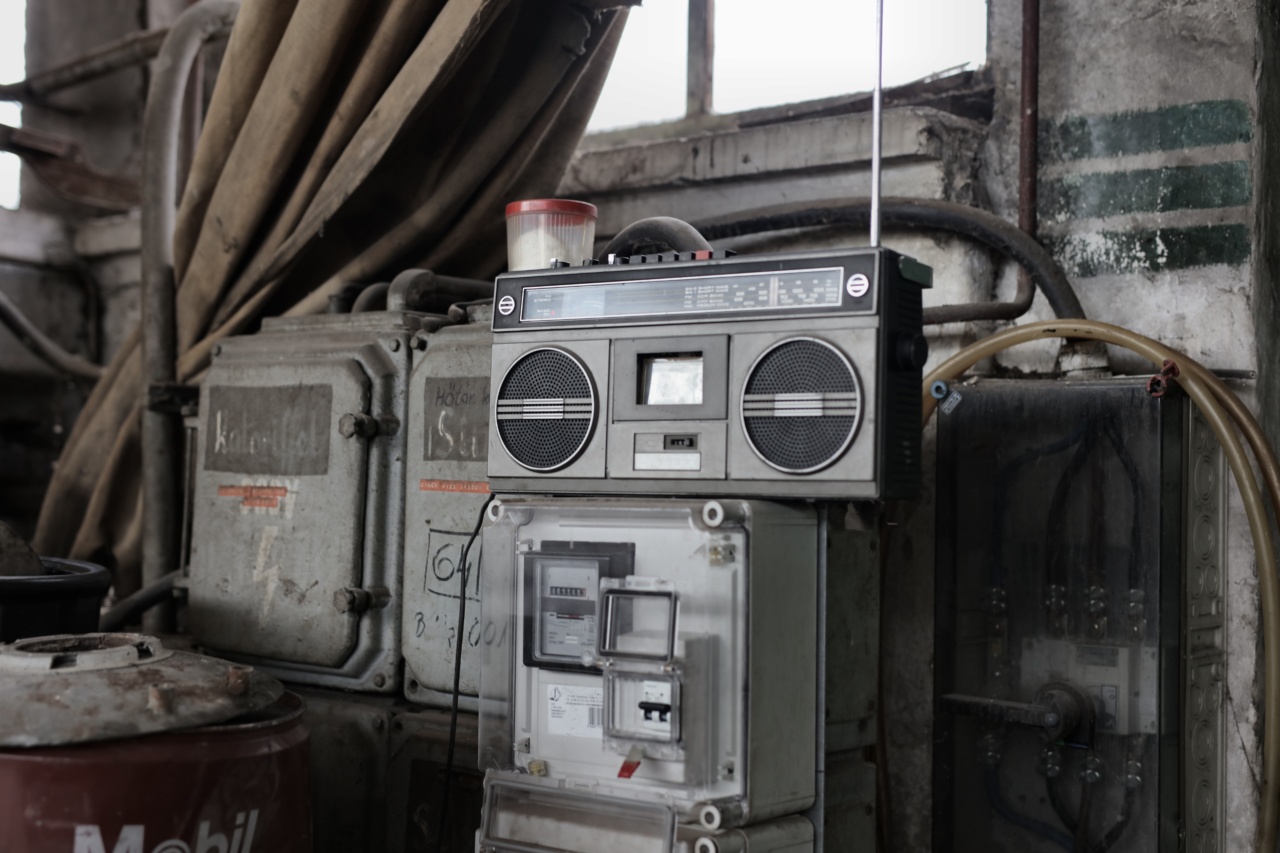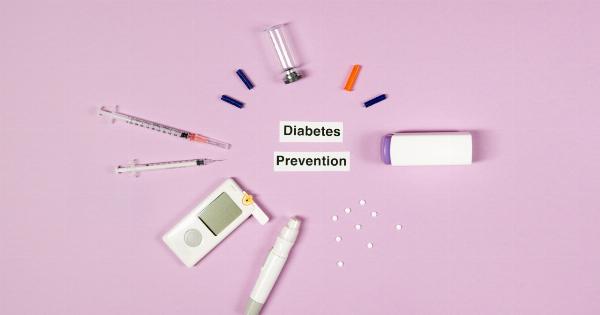Respiratory conditions are a significant concern for many individuals across the globe. Disorders such as asthma, chronic obstructive pulmonary disease (COPD), and allergies can greatly impact a person’s quality of life.
While there are various treatments available, including medication and lifestyle changes, one unconventional approach that has gained attention is the use of precious metals. Gold, silver, and platinum, traditionally valued for their beauty and rarity, are now being explored for their potential therapeutic benefits in managing respiratory symptoms.
Gold as a Respiratory Remedy
Gold, known for its purity and stability, has been used in medicine for centuries. In recent years, researchers have discovered its potential benefits in treating respiratory conditions.
Gold nanoparticles, in particular, show promise in alleviating symptoms of asthma and COPD. These tiny particles, when inhaled, can penetrate deep into the lungs and help reduce inflammation and oxidative stress.
Studies have shown that gold nanoparticles can inhibit the release of harmful molecules that cause inflammation, leading to improved lung function and decreased respiratory symptoms.
Silver’s Antimicrobial Properties
Silver, another precious metal with remarkable properties, possesses strong antimicrobial properties. It is widely used in various medical applications, such as wound dressings and catheters, due to its ability to prevent bacterial growth.
When it comes to respiratory conditions, silver nanoparticles have shown potential in combatting respiratory infections and reducing symptoms. By inhibiting the growth of bacteria and viruses, silver nanoparticles can support the immune system and minimize respiratory distress.
Additionally, silver-coated air filters and surfaces can help in reducing the spread of respiratory pathogens, enhancing overall respiratory health.
The Therapeutic Potential of Platinum
Platinum, often associated with luxury and elegance, also holds promise in managing respiratory symptoms. Platinum nanoparticles have been found to exert anti-inflammatory effects, making them potential candidates for treating respiratory disorders.
By reducing inflammation in the airways, platinum nanoparticles can provide relief from symptoms such as coughing and wheezing. Furthermore, platinum-based catalysts are being explored as a means to purify indoor air from harmful pollutants, enhancing the respiratory environment and potentially improving overall respiratory health.
Enhancing Delivery Methods
While the therapeutic potential of precious metals for respiratory conditions is promising, ensuring effective delivery methods is crucial.
Nanoparticles of gold, silver, and platinum can be delivered to the lungs through inhalers or nebulizers, allowing targeted treatment. Encapsulating these nanoparticles in carriers such as liposomes or other biocompatible materials can aid in their controlled release and prolonged therapeutic effect.
Researchers are also investigating the use of smart materials that respond to the specific needs of an individual’s respiratory system, optimizing treatment outcomes.
Combining Precious Metals with Traditional Treatments
It is important to note that precious metals should not be considered as standalone treatments but rather as complementary approaches to traditional therapies.
Medications such as bronchodilators and corticosteroids remain the cornerstone of respiratory disorder management. However, incorporating precious metals into existing treatment regimens may enhance their efficacy and reduce the need for higher doses or prolonged medication use.
By exploring the synergy between traditional treatments and precious metals, healthcare professionals can provide personalized care that addresses the unique needs of each patient.
Future Perspectives and Challenges
While the potential of precious metals in managing respiratory symptoms is exciting, further research is needed to establish their efficacy and safety.
Clinical trials exploring the use of gold, silver, and platinum nanoparticles in various respiratory conditions are crucial in determining their long-term effects and establishing appropriate dosage guidelines. Additionally, optimizing the synthesis and delivery methods of these nanoparticles is essential to maximize their therapeutic potential.
Furthermore, potential challenges lie in the regulatory approval processes and the accessibility of these treatments. Precious metals are regulated by various governmental bodies, and ensuring compliance with safety standards is paramount.
Moreover, these treatments may have financial implications, and it is essential to consider affordability and accessibility to make them widely available and beneficial to patients worldwide.
In Conclusion
Precious metals, with their unique properties and therapeutic potential, offer an intriguing avenue for managing respiratory symptoms.
Gold, silver, and platinum nanoparticles show promise in alleviating inflammation, combating infections, and improving lung function. By combining these precious metals with traditional treatments, healthcare professionals can provide comprehensive care tailored to individual needs.
While challenges remain, further research and collaborative efforts will pave the way for a future where precious metals play a vital role in respiratory disorder management, enhancing the lives of those affected by these conditions.






























